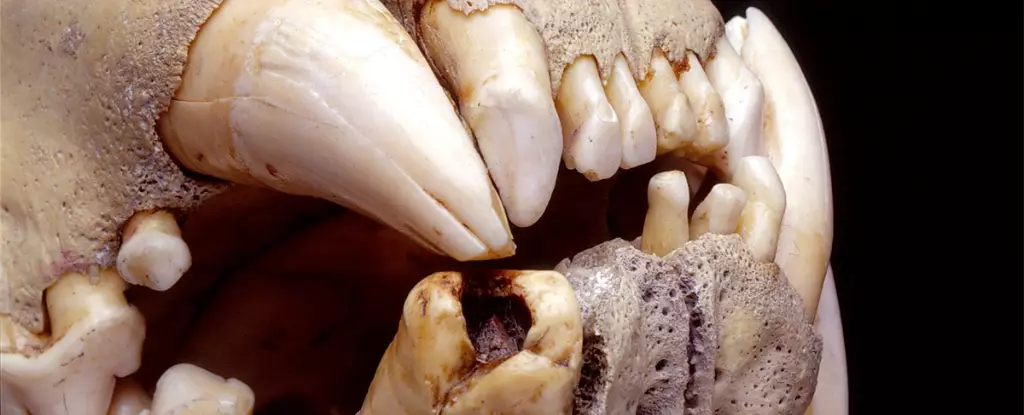Lions are typically seen as majestic creatures that command their territories with an impressive blend of strength and grace. However, documented accounts of human fatalities at the paws of these big cats challenge this perception. Among the most chilling records is the story of the Tsavo lions, infamous for their unusual predation on humans in the late 19th century. The lion attacks in Tsavo, Kenya, during the construction of a railway bridge left an indelible mark on both history and popular culture. Through advanced scientific techniques, particularly DNA analysis, researchers have recently delved into the peculiar behavior of these lions, offering fresh insights that intertwine biology with historical narratives.
The Historical Context of the Attacks
The dramatic events at Tsavo began around March 1898 when Lieutenant Colonel John Henry Patterson was assigned to oversee a railway project designed to connect Kenya and Uganda. As Patterson coordinated the massive workforce, primarily composed of Indian laborers, reports of lion attacks began to surface. Initially skeptical, Patterson soon experienced the terrifying encounters firsthand. Over the following months, these attacks persisted, leading to a sustained campaign to eliminate the lions responsible. The final tally of fatalities varies greatly, but even estimates as low as thirty underscore the distressing reality of the situation. Despite the fame of these man-eaters, Patterson’s journals reveal that he may have overlooked crucial ecological factors influencing the lions’ behavior, including the impacts of disease on local wildlife populations.
Fast forward over a century, and researchers have found a treasure trove of information preserved within the teeth of these long-deceased lions. Initially discovered by ecologist Thomas Gnoske, hair remnants lodged in their teeth have become the focal point for modern genetic analysis. Utilizing advancements in DNA sequencing, particularly mitochondrial DNA (mtDNA), scientists have uncovered the dietary habits of the Tsavo lions, which included the surprisingly alarming presence of human hair alongside the remains of various local ungulates. This analysis not only confirms the lions’ consumption of human flesh but also propels the inquiry into the potential reasons behind their unusual prey selection.
Unraveling the Complexity of Predation
The investigation revealed a varied diet that consisted of animals such as giraffes and waterbucks, suggesting that the lions had indeed adapted to their surroundings. Intriguingly, mtDNA results suggested that the lions were likely brothers, a familial bond that may have influenced their hunting dynamics. Moreover, researchers constructed a database comparing the mitochondrial profiles of local prey animals, which provided insights into the environmental context of the masacres. Although wildebeest mtDNA was discovered, surprising as these grazers were situated many miles from Tsavo at the time, the findings raise questions about the lions’ ecological pressures and hunting strategies.
An important piece of the Tsavo puzzle involves the collapse of the local buffalo population due to rinderpest, a viral disease devastating ungulates in the region during the late 1890s. The absence of buffalo may have compelled the lions to seek alternative food sources, leading them to humans more frequently than would typically occur. This scenario underscores the interplay of environmental change and predator behavior—a dynamic still relevant in today’s discussions of wildlife conservation and management. It compels us to consider how anthropogenic factors can indirectly influence predatory behaviors in wild populations, sometimes with tragic consequences.
The study’s findings highlight not only historical and ecological insights but also ethical implications regarding the handling of human remains. Researchers have opted not to analyze the human hair further, recognizing the importance of cultural sensitivity and responsibility, particularly in communities that may have direct descendants of the victims. By engaging communities and embracing ethical scientific practices, this study sets a precedent for how modern research can navigate the complex intersections of history, biology, and ethics.
The case of the Tsavo lions illustrates a confluence of factors shaping predator-prey relationships, where ecological balance is disrupted by disease and human encroachment. As we uncover the secrets encoded in ancient DNA, it becomes increasingly clear that understanding wildlife behavior is essential for fostering coexistence with nature. The legacy of the Tsavo lions serves as a reminder that the natural world, while awe-inspiring, also harbors profound complexities and moral responsibilities that we must navigate with vigilant awareness and respect.

Leave a Reply